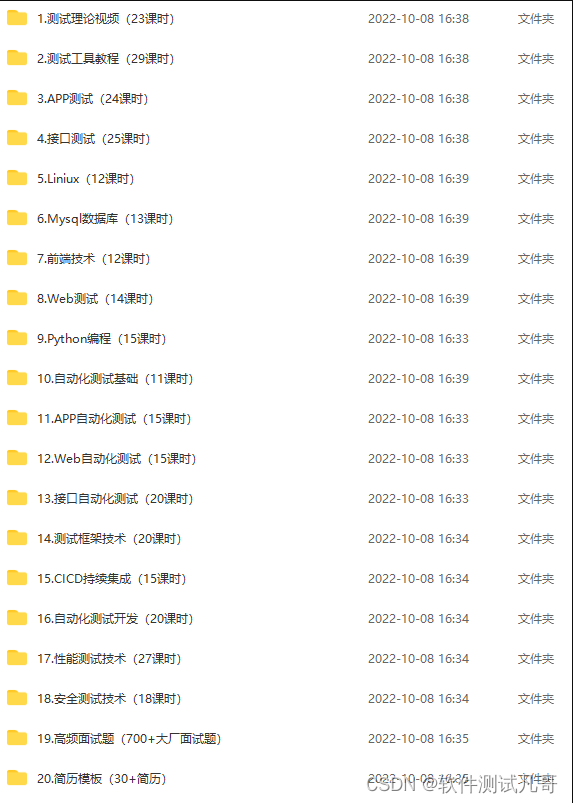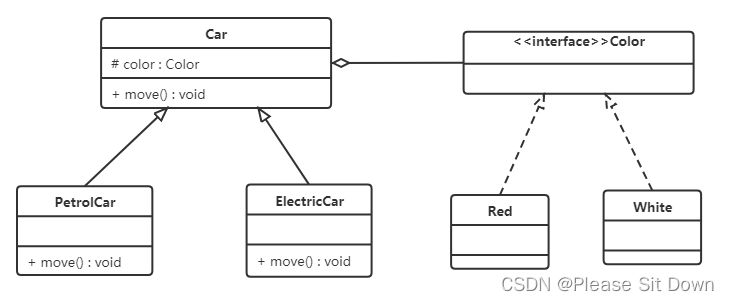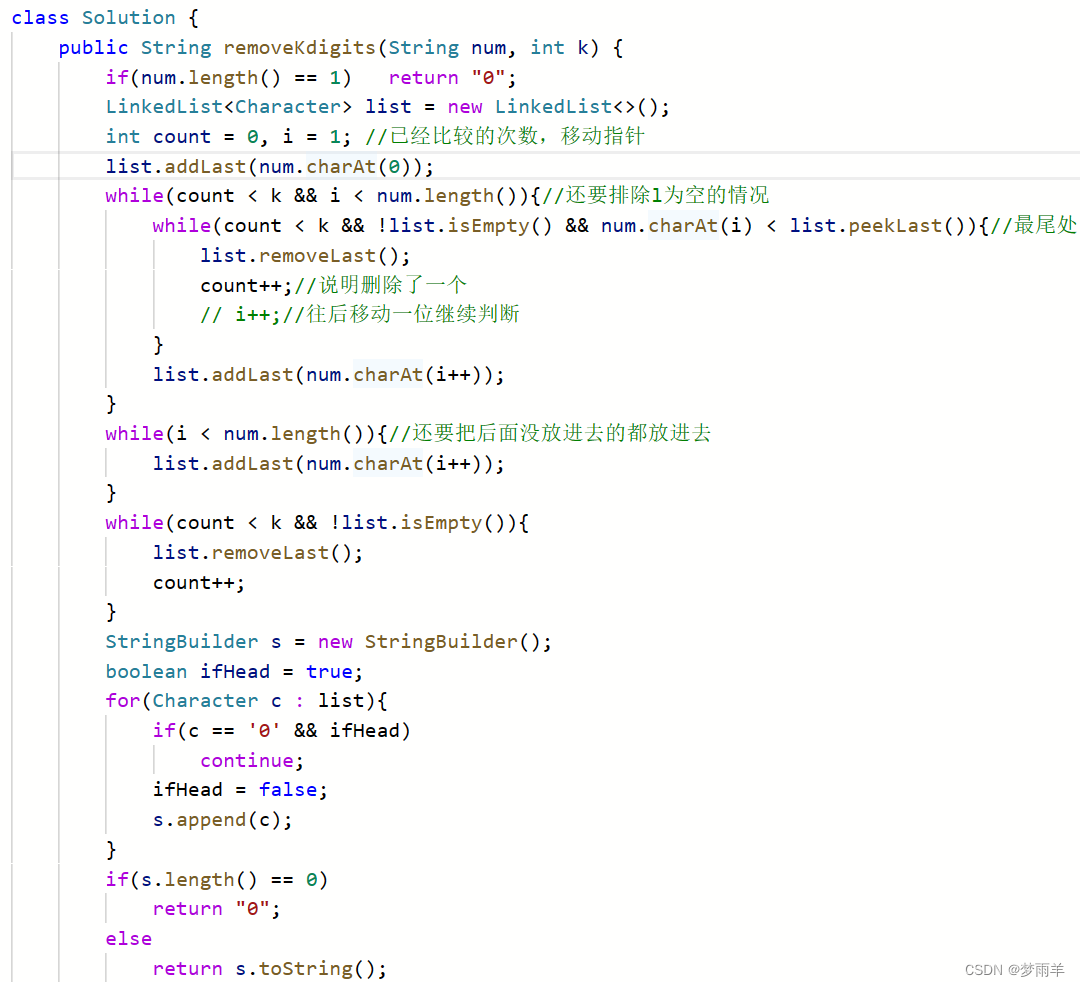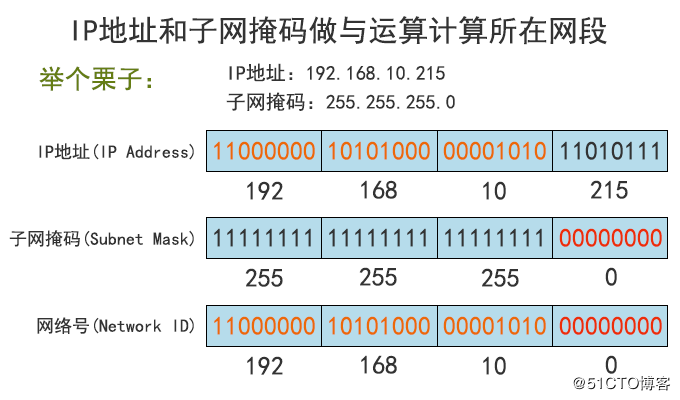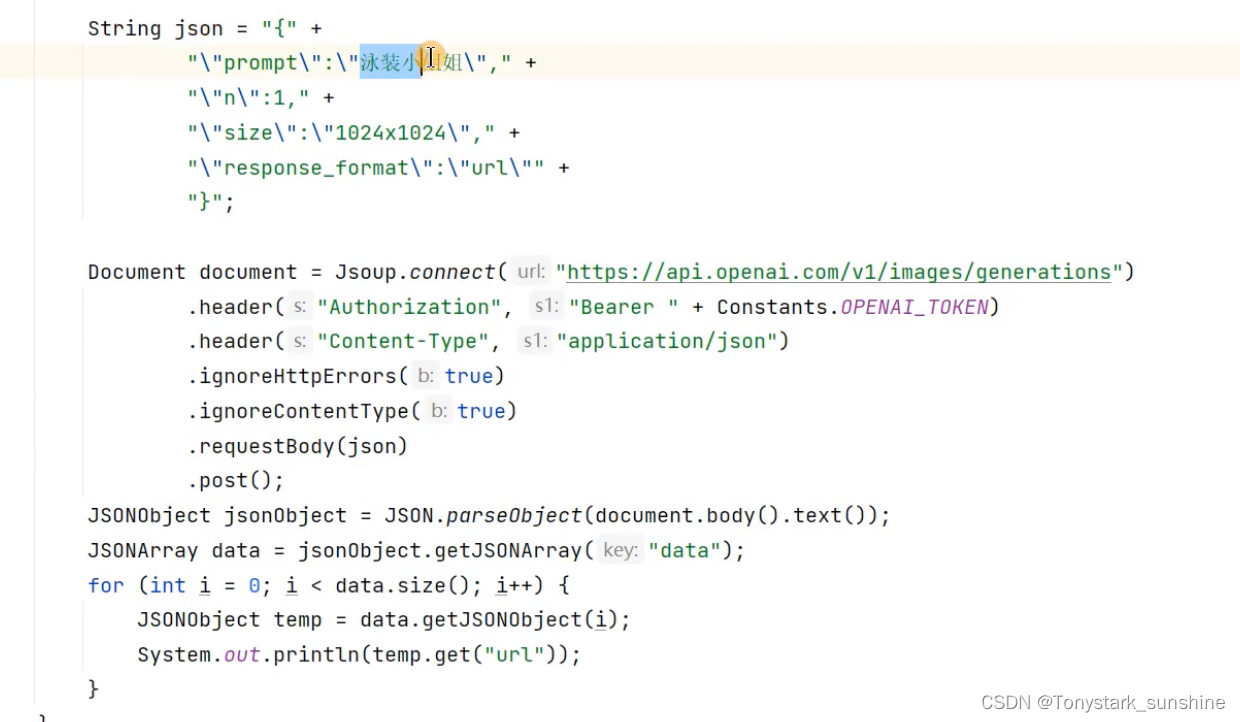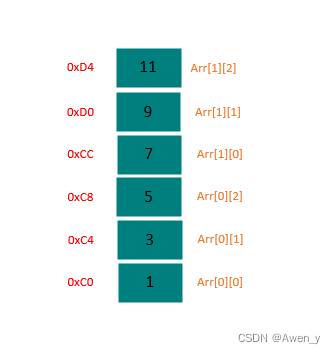41-字符串格式化
"%s is %s years old" % ('bob', 23) # 常用
"%s is %d years old" % ('bob', 23) # 常用
"%s is %d years old" % ('bob', 23.5) # %d 是整数 常用
"%s is %f years old" % ('bob', 23.5)
"%s is %5.2f years old" % ('bob', 23.5) # %5.2f 是宽度为 5,2 位小数
"97 is %c" % 97
"11 is %#o" % 11 # %#o 表示有前缀的 8 进制
"11 is %#x" % 11 "%10s%5s" % ('name', 'age') # %10s 表示总宽度为 10,右对齐,常用
"%10s%5s" % ('bob', 25)
"%10s%5s" % ('alice', 23)
"%-10s%-5s" % ('name', 'age') # %-10s 表示左对齐,常用
"%-10s%-5s" % ('bob', 25)
"%10d" % 123 "%010d" % 123
"{} is {} years old".format('bob', 25)
"{1} is {0} years old".format(25, 'bob')
"{:<10}{:<8}".format('name', 'age')
42-shutil 模块常用方法
import shutil
with open('/etc/passwd', 'rb') as sfobj:
with open('/tmp/mima.txt', 'wb') as dfobj:
shutil.copyfileobj(sfobj, dfobj) # 拷贝文件对象
shutil.copyfile('/etc/passwd', '/tmp/mima2.txt')
shutil.copy('/etc/shadow', '/tmp/') # cp /etc/shadow /tmp/
shutil.copy2('/etc/shadow', '/tmp/') # cp -p /etc/shadow /tmp/
shutil.move('/tmp/mima.txt', '/var/tmp/') # mv /tmp/mima.txt /var/tmp/
shutil.copytree('/etc/security', '/tmp/anquan') # cp -r /etc/security /tmp/anquan
shutil.rmtree('/tmp/anquan') # rm -rf /tmp/anquan # 将 mima2.txt 的权限设置成与/etc/shadow 一样
shutil.copymode('/etc/shadow', '/tmp/mima2.txt')
# 将 mima2.txt 的元数据设置成与/etc/shadow 一样
# 元数据使用 stat /etc/shadow 查看
shutil.copystat('/etc/shadow', '/tmp/mima2.txt')
shutil.chown('/tmp/mima2.txt', user='zhangsan', group='zhangsan')
43-练习:生成文本文件
import os
def get_fname():
while True:
fname = input('filename: ')
if not os.path.exists(fname):
break
print('%s already exists. Try again' % fname)
return fname
def get_content():
content = []
print('输入数据,输入 end 结束')
while True:
line = input('> ')
if line == 'end':
break
content.append(line)
return content
def wfile(fname, content):
with open(fname, 'w') as fobj:
fobj.writelines(content)
if __name__ == '__main__':
fname = get_fname()
content = get_content()
content = ['%s\n' % line for line in content]
wfile(fname, content)
44-列表方法
alist = [1, 2, 3, 'bob', 'alice']
alist[0] = 10
alist[1:3] = [20, 30]
alist[2:2] = [22, 24, 26, 28]
alist.append(100)
alist.remove(24) # 删除第一个 24
alist.index('bob') # 返回下标
blist = alist.copy() # 相当于 blist = alist[:]
alist.insert(1, 15) # 向下标为 1 的位置插入数字 15
alist.pop() # 默认弹出最后一项
alist.pop(2) # 弹出下标为 2 的项目
alist.pop(alist.index('bob'))
alist.sort()
alist.reverse()
alist.count(20) # 统计 20 在列表中出现的次数
alist.clear() # 清空
alist.append('new')
alist.extend('new')
alist.extend(['hello', 'world', 'hehe'])
45-检查合法标识符
import sys
import keyword
import string
first_chs = string.ascii_letters + '_'
all_chs = first_chs + string.digits
def check_id(idt):
if keyword.iskeyword(idt):
return "%s is keyword" % idt
if idt[0] not in first_chs:
return "1st invalid"
for ind, ch in enumerate(idt[1:]):
if ch not in all_chs:
return "char in postion #%s invalid" % (ind + 2)
return "%s is valid" % idt
if __name__ == '__main__':
print(check_id(sys.argv[1])) # python3 checkid.py abc@123
46-创建用户,设置随机密码
randpass 模块参见《37-生成密码/验证码》
import subprocess
import sys
from randpass import gen_pass
def adduser(username, password, fname):
data = """user information:
%s: %s
"""
subprocess.call('useradd %s' % username, shell=True)
subprocess.call(
'echo %s | passwd --stdin %s' % (password, username),
shell=True )
with open(fname, 'a') as fobj:
fobj.write(data % (username, password))
if __name__ == '__main__':
username = sys.argv[1]
password = gen_pass()
adduser(username, password, '/tmp/user.txt')
# python3 adduser.py john
47-列表练习:模拟栈操作
stack = []
def push_it():
item = input('item to push: ')
stack.append(item)
def pop_it():
if stack:
print("from stack popped %s" % stack.pop())
def view_it():
print(stack)
def show_menu():
cmds = {'0': push_it, '1': pop_it, '2': view_it} # 将函数存入字典
prompt = """(0) push it
(1) pop it
(2) view it
(3) exit
Please input your choice(0/1/2/3): """
while True:
# input() 得到字符串,用 strip() 去除两端空白,再取下标为 0 的字符
choice = input(prompt).strip()[0]
if choice not in '0123':
print('Invalid input. Try again.')
continue
if choice == '3':
break
cmds[choice]()
if __name__ == '__main__':
show_menu()
48-实现 Linux 系统中 unix2dos 功能
import sys
def unix2dos(fname):
dst_fname = fname + '.txt'
with open(fname) as src_fobj:
with open(dst_fname, 'w') as dst_fobj:
for line in src_fobj:
line = line.rstrip() + '\r\n'
dst_fobj.write(line)
if __name__ == '__main__':
unix2dos(sys.argv[1])
49-动画程序:@从一行#中穿过
#\r 是回车不换行
import time
length = 19
count = 0
while True:
print('\r%s@%s' % ('#' * count, '#' * (length - count)), end='')
try:
time.sleep(0.3)
except KeyboardInterrupt:
print('\nBye-bye')
break
if count == length:
count = 0
count += 1
50-字典基础用法
adict = dict() # {}
dict(['ab', 'cd'])
bdict = dict([('name', 'bob'),('age', 25)])
{}.fromkeys(['zhangsan', 'lisi', 'wangwu'], 11)
for key in bdict:
print('%s: %s' % (key, bdict[key]))
print("%(name)s: %(age)s" % bdict)
bdict['name'] = 'tom'
bdict['email'] = 'tom@tedu.cn'
del bdict['email']
bdict.pop('age')
bdict.clear()
51-字典常用方法
adict = dict([('name', 'bob'),('age', 25)])
len(adict)
hash(10) # 判断给定的数据是不是不可变的,不可变数据才能作为 key
adict.keys()
adict.values()
adict.items() # get 方法常用,重要
adict.get('name') # 取出字典中 name 对应的 value,如果没有返回 None
print(adict.get('qq')) # None
print(adict.get('qq', 'not found')) # 没有 qq,返回指定内容
print(adict.get('age', 'not found'))
adict.update({'phone': '13455667788'})
52-集合常用方法
# 集合相当于是无值的字典,所以也用{}表示
myset = set('hello')
len(myset)
for ch in myset:
print(ch)
aset = set('abc')
bset = set('cde')
aset & bset # 交集
aset.intersection(bset) # 交集
aset | bset # 并集
aset.union(bset) # 并集
aset - bset # 差补
aset.difference(bset) # 差补
aset.add('new')
aset.update(['aaa', 'bbb'])
aset.remove('bbb')
cset = set('abcde')
dset = set('bcd')
cset.issuperset(dset) # cset 是 dset 的超集么?
cset.issubset(dset) # cset 是 dset 的子集么?
53-集合实例:取出第二个文件有,第一个文件没有的行
# cp /etc/passwd .
# cp /etc/passwd mima
# vim mima -> 修改,与 passwd 有些区别
with open('passwd') as fobj:
aset = set(fobj)
with open('mima') as fobj:
bset = set(fobj)
with open('diff.txt', 'w') as fobj:
fobj.writelines(bset - aset)
54-字典练习:模拟注册/登陆
import getpass
userdb = {}
def register():
username = input('username: ')
if username in userdb:
print('%s already exists.' % username)
else:
password = input('password: ')
userdb[username] = password
def login():
username = input('username: ')
password = getpass.getpass("password: ")
if userdb.get(username) != password:
print('login failed')
else:
print('login successful')
def show_menu():
cmds = {'0': register, '1': login}
prompt = """(0) register
(1) login
(2) exit
Please input your choice(0/1/2): """
while True:
choice = input(prompt).strip()[0]
if choice not in '012':
print('Invalid inupt. Try again.')
continue
if choice == '2':
break
cmds[choice]()
if __name__ == '__main__':
show_menu()
55-计算千万次加法运算时间
import time
result = 0
start = time.time() # 返回运算前时间戳
for i in range(10000000):
result += i
end = time.time() # 返回运算后时间戳
print(result)
print(end - start)
56-时间相关模块常用方法
import time
t = time.localtime() # 返回当前时间的九元组
time.gmtime() # 返回格林威治 0 时区当前时间的九元组
time.time() # 常用,与 1970-1-1 8:00 之间的秒数,时间戳
time.mktime(t) # 把九元组时间转成时间戳
time.sleep(1)
time.asctime() # 如果有参数,是九元组形式
time.ctime() # 返回当前时间,参数是时间戳,常用
time.strftime("%Y-%m-%d") # 常用
time.strptime('2018-07-20', "%Y-%m-%d") # 返回九元组时间格式
time.strftime('%H:%M:%S')
###########################################
from datetime import datetime
from datetime import timedelta datetime.today() # 返回当前时间的 datetime 对象
datetime.now() # 同上,可以用时区作参数
datetime.strptime('2018/06/30', '%Y/%m/%d') # 返回
datetime 对象
dt = datetime.today()
datetime.ctime(dt)
datetime.strftime(dt, "%Y%m%d")
days = timedelta(days=90, hours=3) # 常用
dt2 = dt + days
dt2.year
dt2.month
dt2.day
dt2.hour
57-os 模块常用方法
import os
os.getcwd() # 显示当前路径
os.listdir() # ls -a
os.listdir('/tmp') # ls -a /tmp
os.mkdir('/tmp/mydemo') # mkdir /tmp/mydemo
os.chdir('/tmp/mydemo') # cd /tmp/mydemo
os.listdir()
os.mknod('test.txt') # touch test.txt
os.symlink('/etc/hosts', 'zhuji') # ln -s /etc/hosts zhuji
os.path.isfile('test.txt') # 判断 test.txt 是不是文件
os.path.islink('zhuji') # 判断 zhuji 是不是软链接
os.path.isdir('/etc')
os.path.exists('/tmp') # 判断是否存在
os.path.basename('/tmp/abc/aaa.txt')
os.path.dirname('/tmp/abc/aaa.txt')
os.path.split('/tmp/abc/aaa.txt')
os.path.join('/home/tom', 'xyz.txt')
os.path.abspath('test.txt') # 返回当前目录 test.txt 的绝对路径
58-pickle 存储器
import pickle
"""以前的文件写入,只能写入字符串,如果希望把任意数据对象(数字、列表等)写入文件,
取出来的时候数据类型不变,就用到 pickle 了
"""
# shop_list = ["eggs", "apple", "peach"]
# with open('/tmp/shop.data', 'wb') as fobj:
# pickle.dump(shop_list, fobj)
with open('/tmp/shop.data', 'rb') as fobj:
mylist = pickle.load(fobj)
print(mylist[0], mylist[1], mylist[2])
59-异常处理基础
try: # 把有可能发生异常的语句放到 try 里执行
n = int(input("number: "))
result = 100 / n
print(result)
except ValueError:
print('invalid number')
except ZeroDivisionError:
print('0 not allowed')
except KeyboardInterrupt:
print('Bye-bye')
except EOFError:
print('Bye-bye')
print('Done')
60-异常处理完整语法
try:
n = int(input("number: "))
result = 100 / n
except (ValueError, ZeroDivisionError):
print('invalid number')
except (KeyboardInterrupt, EOFError):
print('\nBye-bye')
else:
print(result) # 异常不发生时才执行 else 子句
finally:
print('Done') # 不管异常是否发生都必须执行的语句
# 常用形式有 try-except 和 try-finally
最后这里免费分享给大家一份Python学习资料,包含视频、源码。课件,希望能帮到那些不满现状,想提升自己却又没有方向的朋友,也可以和我一起来学习交流呀。
编程资料、学习路线图、源代码、软件安装包等!【点击这里】领取!
① Python所有方向的学习路线图,清楚各个方向要学什么东西
② 100多节Python课程视频,涵盖必备基础、爬虫和数据分析
③ 100多个Python实战案例,学习不再是只会理论
④ 华为出品独家Python漫画教程,手机也能学习
⑤ 历年互联网企业Python面试真题,复习时非常方便

- End -




